Curious Questions: Has there ever been a more disturbing time in British politics?
We're constantly being told that the division, anger and uncertainty we're currently witnessing in British politics is 'unprecedented'. But insanity, strife and hare-brained scheming are nothing new at Westminster — and things have often been far worse. Jacqueline Riding looks at an example from 200 years ago which serves as a chilling warning that we must all help to stop things from escalating still further.
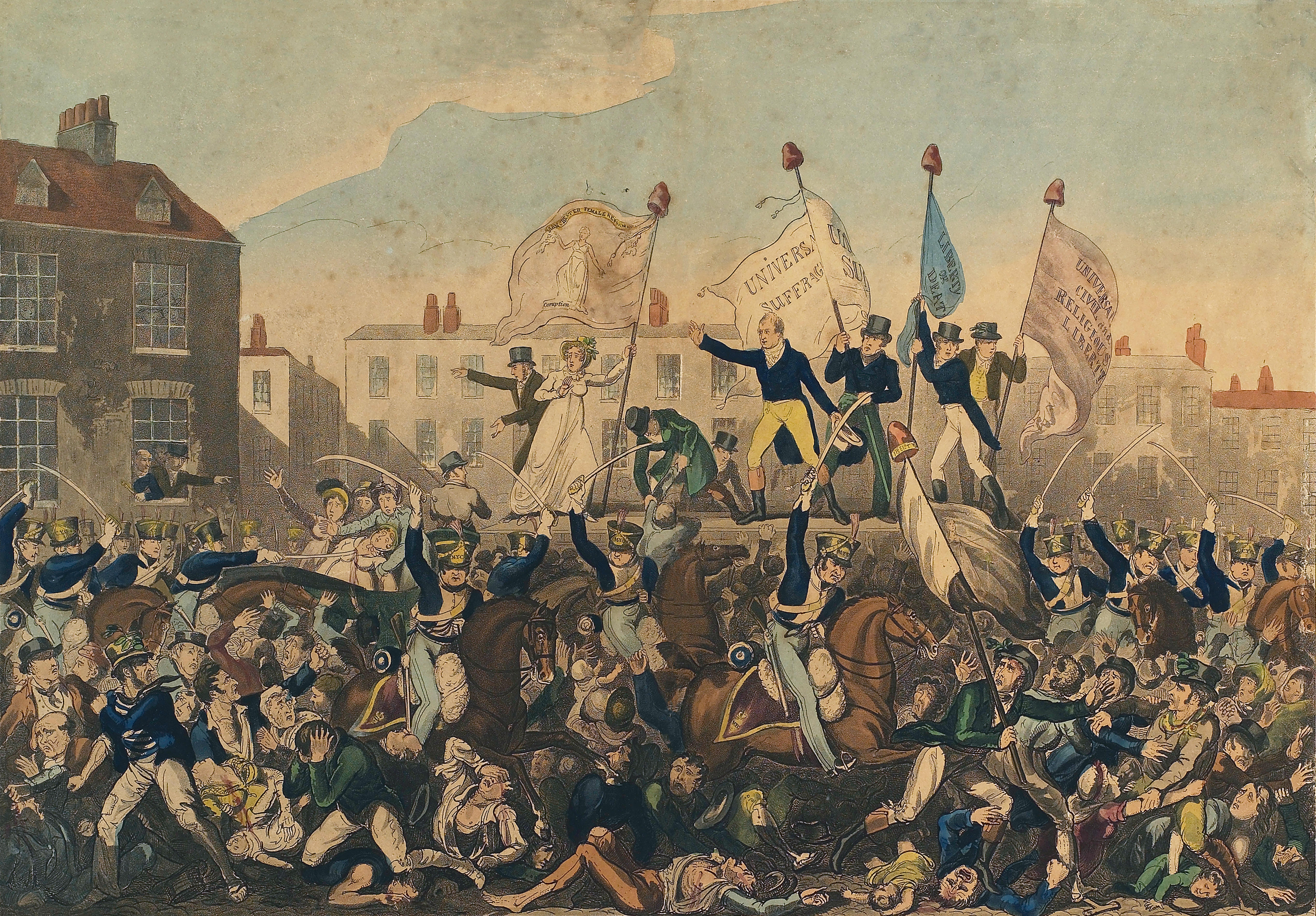

The year 1819: the United Kingdom is polarised, Parliament is in uproar and the Government is deemed, by those opposing it, as the most extreme, uncompromising and arbitrary in living memory. The faint cry for Parliamentary reform has risen to a deafening roar and a new tactic, the mass political meeting — a visible demonstration of the will of ‘the people’, championed by Wiltshire gentleman-farmer and reformer Henry Hunt (1773–1835) — is being rolled out across the nation.
Addressing thousands, sometimes tens of thousands of their disenfranchised countrymen, speakers called for the destruction of the old corrupt order through a radical reformation of the House of Commons.
The key demands were equal representation across the UK, requiring a complete overhaul of constituency distribution, universal manhood suffrage (Hunt was the first MP to present a petition to the Commons relating to female suffrage), secret ballots and regular parliaments.
None of this may sound radical to a modern UK citizen, but at one such assembly, held in Manchester on August 16, 1819 and chaired by Hunt, the peaceful crowd of some 60,000 men, women and children was attacked with batons and sabres by constables and cavalry on the orders of local magistrates, supported by the Home Office.
With 18 dead and in excess of 700 maimed and injured, the Peterloo Massacre, as it became known, reflected the extreme measures the authorities were willing to pursue to maintain the status quo.
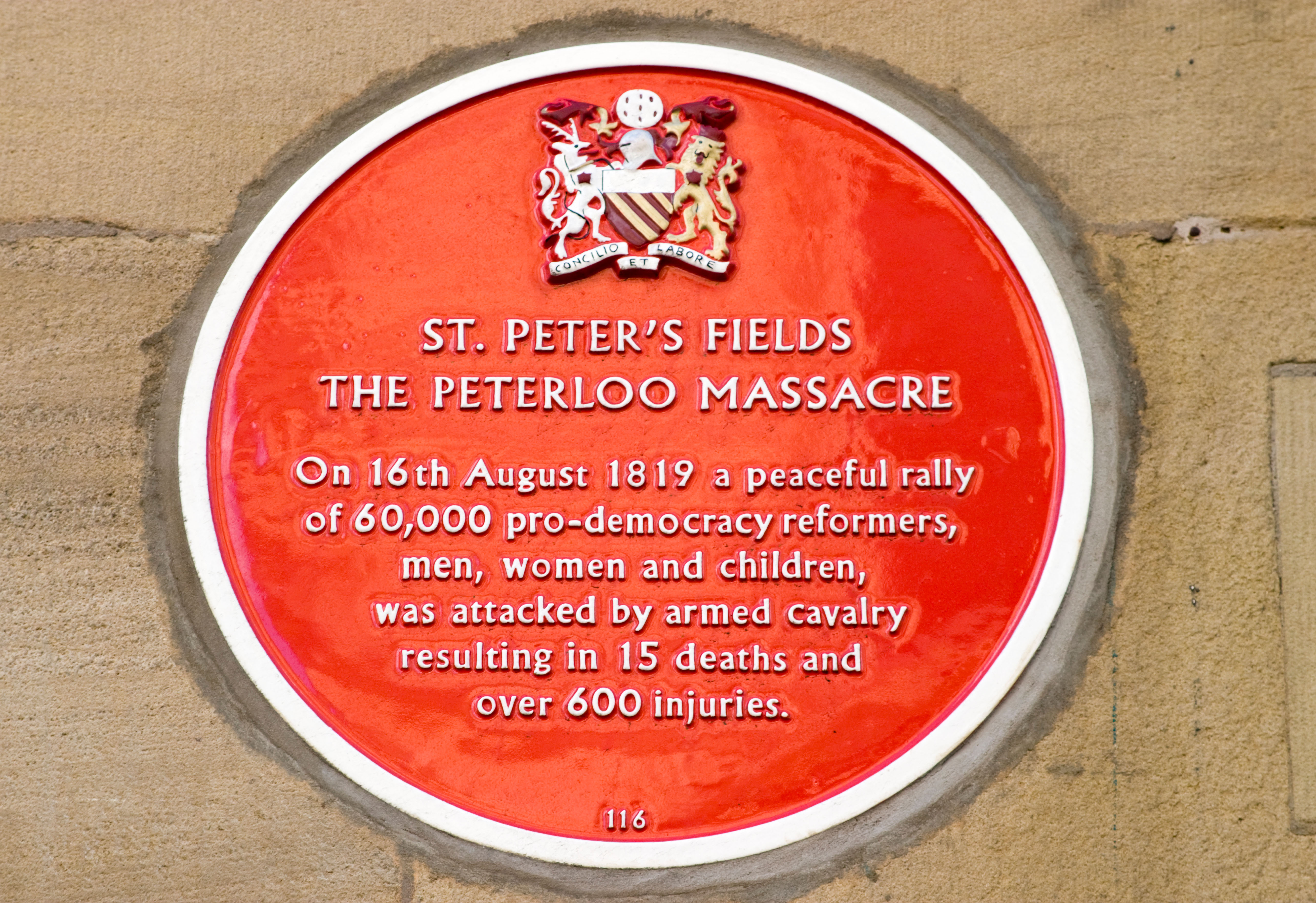
In the immediate run-up to the Great Reform Act of 1832, which brought about some of the changes Hunt had advocated, only about 5% of adult males were eligible to vote. In practice, however, there were important regional variations: in Scotland, for example, the 1831 electorate was a mere 4,500 men from a total population of 2.6 million.
Before the Roman Catholic Relief Act of 1829, Catholics were barred from standing for Parliament or voting, a particular injustice in Ireland with its Catholic majority. Ireland preserved its own independent Parliament, modelled on the English system of unelected Lords and an elected Commons, until the Act of Union in 1800. Thereafter, Irish MPs sat in Westminster.
Exquisite houses, the beauty of Nature, and how to get the most from your life, straight to your inbox.
The criterion for electors across the British Isles (in practice muddled and open to abuse) was land ownership valued at more than 40 shillings. It was this that prevented the vast majority — those not otherwise barred by religion, imprisonment or lunacy — from standing for Parliament. The vote was cast in public by a show of hands, which was then registered by the individual elector with the returning officer.
The modern party system did not exist, although, broadly speaking, there were two groups — Whigs and Tories (forerunners of the Liberals and the Conservatives) — under whose umbrellas ‘interests’ could muster.
In the middle of the 18th century, the House of Commons comprised 558 members elected by 314 constituencies covering boroughs or burghs (towns), counties and two universities, Oxford and Cambridge. As this suggests, certain constituencies sent two MPs within the following geographical split: Scottish MPs 45, Welsh 24 and English 489; 100 Irish MPs were transferred to the new UK Parliament at Westminster in 1800, including one from Trinity College, Dublin. As today, not all MPs could sit down simultaneously in the Commons — there simply weren’t enough seats.
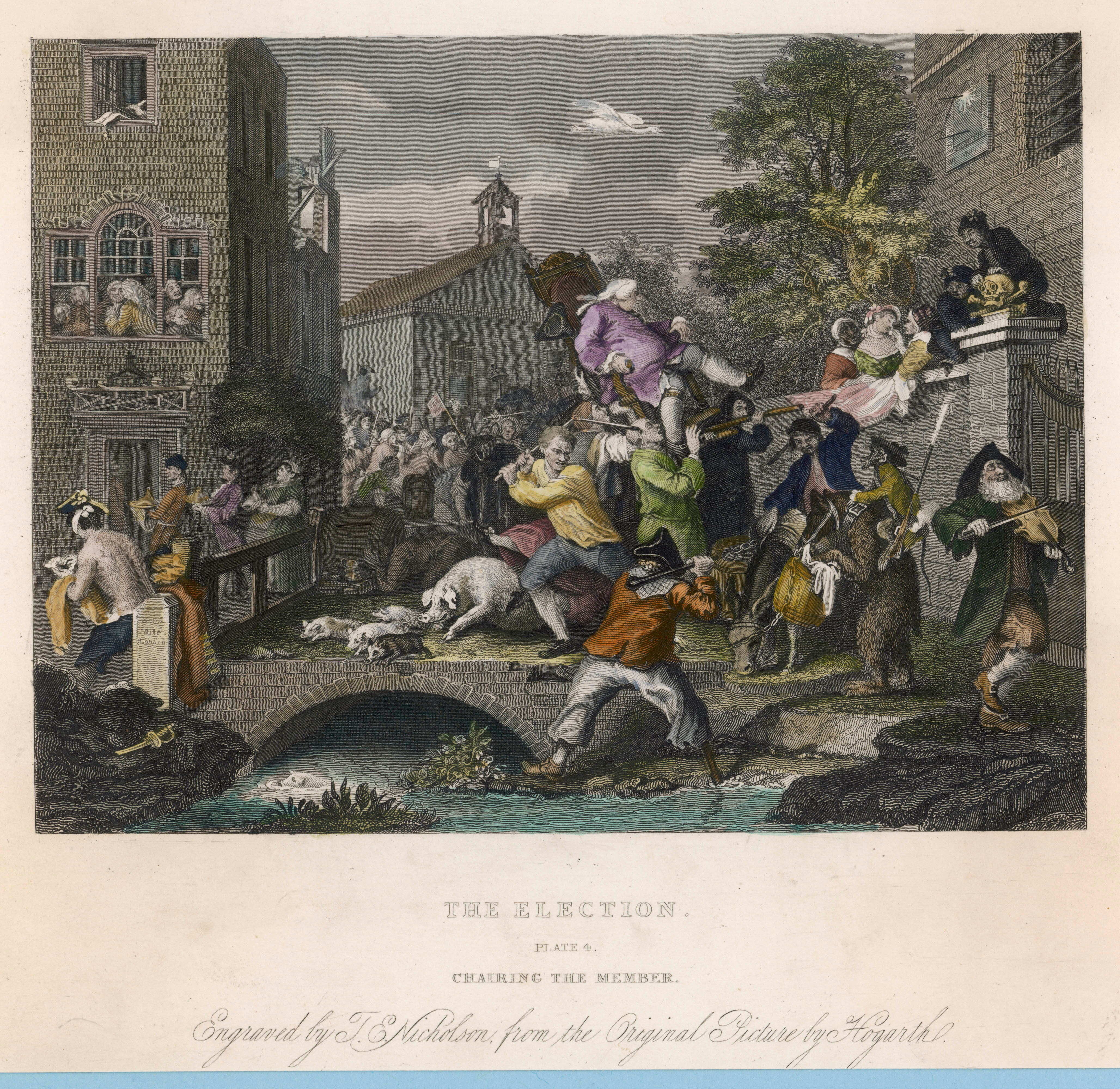
In modern general elections, every constituency is contested, but this was not the case in the pre-Reform Parliament because some borough constituencies had such tiny, well-controlled electorates that the outcome was a foregone conclusion. Such was the case with ‘rotten’ or a ‘pocket’ boroughs, depopulated towns under the effective control of a ‘patron’, the most notorious of which was Old Sarum, predecessor settlement to Salisbury. By virtue of its importance in the Middle Ages, this deserted hill fort was represented by two MPs. The electorate numbered 12, requiring just seven votes for a majority.
Scarcely less egregious was the Borough of Woodstock, which was owned by the Dukes of Marlborough, or Dunwich, Suffolk, where an electorate of 40 sent two MPs to Parliament. In 19 elections between 1741 and 1831, Dunwich was never contested.
This situation was so ludicrous that even those who generally opposed Parliamentary reform found justifying their continued existence a challenge. Not so George Canning, currently the shortest-serving Prime Minister in British history (119 days), who declared, during a reform debate in 1822: ‘Old Sarum and other boroughs at which the finger of scorn is pointed, are not more under private patronage now than at the periods the most glorious in our history.’
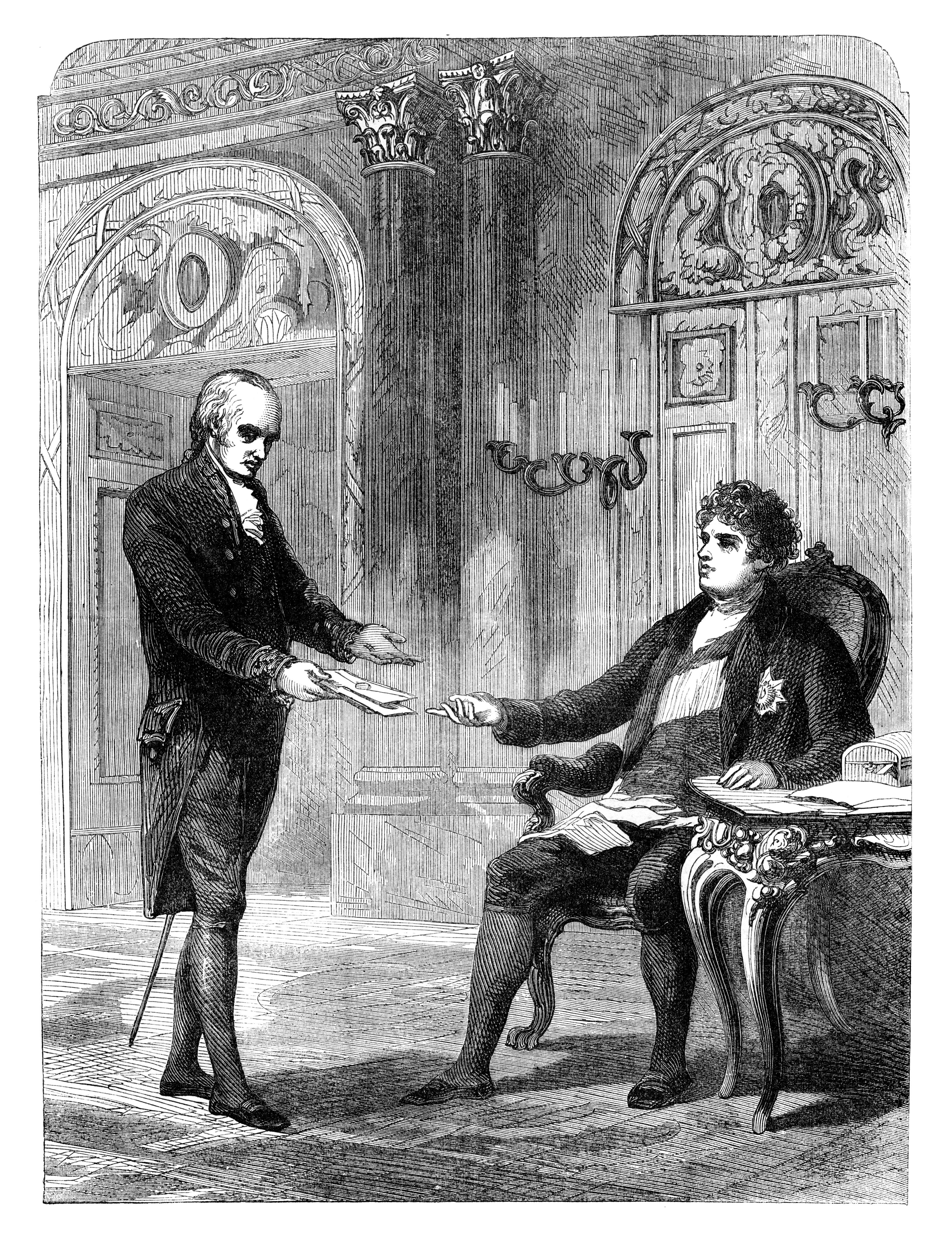
To give context, rapidly industrialising towns in the North of England, such as Manchester — which had a population of 20,000 in the mid 18th century, rising to more than 100,000 by 1800 — had no MP at all.
Although Manchester and Oldham were not directly represented, some of their residents could vote in county elections. In theory, these allowed for genuine competition, because they involved a greater number of eligible electors, spread out over urban and rural districts, most of whom were independent and whose votes, therefore, were up for grabs. In England, the largest county electorate was in Yorkshire (about 20,000), the smallest Rutland (800). In Ireland, few exceeded 1,000.
This, inevitably perhaps, brought fresh issues, not least bribery. In 1771, during a Commons debate on electors’ rights, the whiggish Yorkshire politician Sir George Savile posed the shaming rhetorical question: ‘Whoever heard of bribery being a bar to anyone to sit in this House?’ Fellow Parliamentarians roared with laughter.
The Oxfordshire election of 1754 was so notorious, so indicative of all that was wrong in the British political world, that William Hogarth used it as the starting point for his last painted series, ‘The Humours of An Election’ (1754–55), a blistering commentary on the electoral system and, more broadly, the state of the nation.
Between 1710 and 1754, the two seats had not been contested, but with the Whigs fielding a candidate, supported by powerful local interests, including the Duke of Marlborough, the incumbent Tories found themselves in a battle where even the usual machinations were stretched to the limit. It’s estimated that the election expenditure for each candidate was £40,000.
Although based on an actual election, Hogarth’s four canvasses usefully chart the generic campaign process. The first focuses on the Whig candidate courting the support of townsfolk with a generous banquet, while having to suffer some kissing and fondling from an elector’s wife. Women were excluded from voting (the exceptions were women who were landowners in their own right), but they could be prominent participants during canvassing — Georgiana, Duchess of Devonshire, is a well-known example.
Hogarth’s second canvas extends the theme of lubricating support to the countryside, with opposing candidates attempting to broaden their appeal in two adjoining country inns; money is openly changing hands and a riot is in progress in the background.
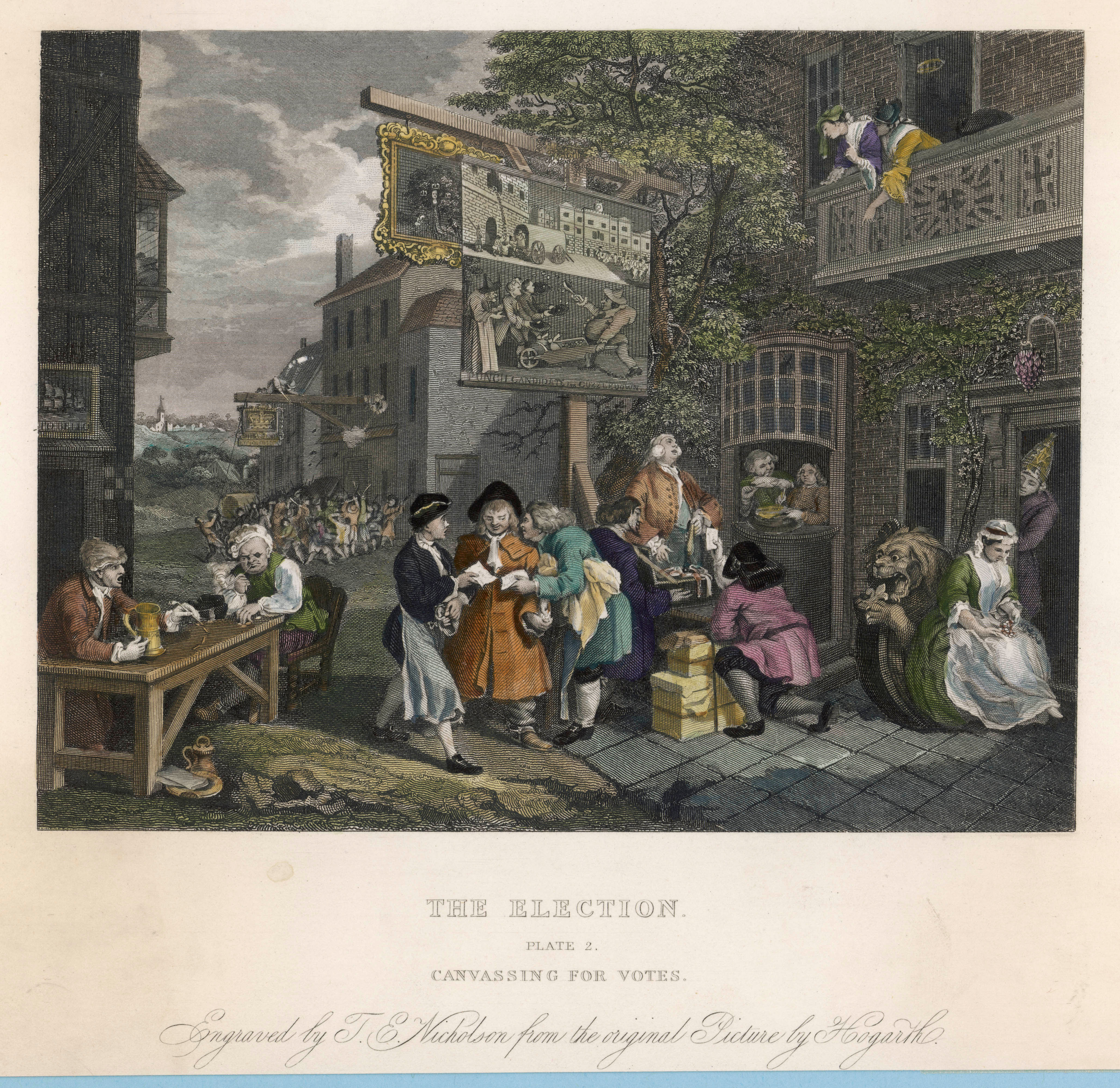
Hiring public buildings was one solution to entertaining the electorate, the other was to build a sufficiently large house, as at Wentworth Woodhouse in South Yorkshire. The residence of the Whig politicians Thomas Watson-Wentworth (1693–1750, from 1746 the Marquess of Rockingham in honour of his role in suppressing the 1745 Jacobite Rebellion) and his son Charles (1730–82, 2nd Marquess and twice Prime Minister), Wentworth Woodhouse was constructed on the scale of a palace.
No doubt, architectural ambition was greatly assisted by political rivalry within the extended family. The Wentworth Earls of Strafford, Tories and Jacobites, owned Wentworth Castle, only six miles away.
The Rockinghams needed a central location to entertain large numbers of people from across the entire county, including inhabitants of the industrialising towns of Leeds and Sheffield, neither represented directly in Parliament, when the need arose. In January 1731, Thomas referred to an entertainment of tenants, neighbouring gentlemen and their spouses that numbered 1,000 guests.
As this suggests, campaigning could be exhausting, as well as expensive, depending on the expectations of the electorate. In 1812, Henry Brougham, an up-and-coming Whig candidate, who would be significant in the anti-slavery movement and the Great Reform Bill, described in a letter to Lord Grey his experience fighting the Liverpool election against George Canning:
‘You have every night to go to the different clubs, benefit societies, &c., which meet and speechify. This is from half-past six to one in the morning at least; and you have to speak to each man who polls, at the bar, from ten o five. It lasted eight days. I began my canvass three whole days before, and had nine nights of clubs, besides a regular speech each day at close of the poll. I delivered in that time 160 speeches.’
After all this schmoozing and declaiming, comes the vote. In his third canvas, Hogarth depicts chaotic scenes at the poll, with some electors, barely alive, carried in their winding sheets to the hustings, as others, visibly demented, are steered through the process by partisans of both candidates. In the middle distance, ignored by all, a wheel has come off Britannia’s coach of state.
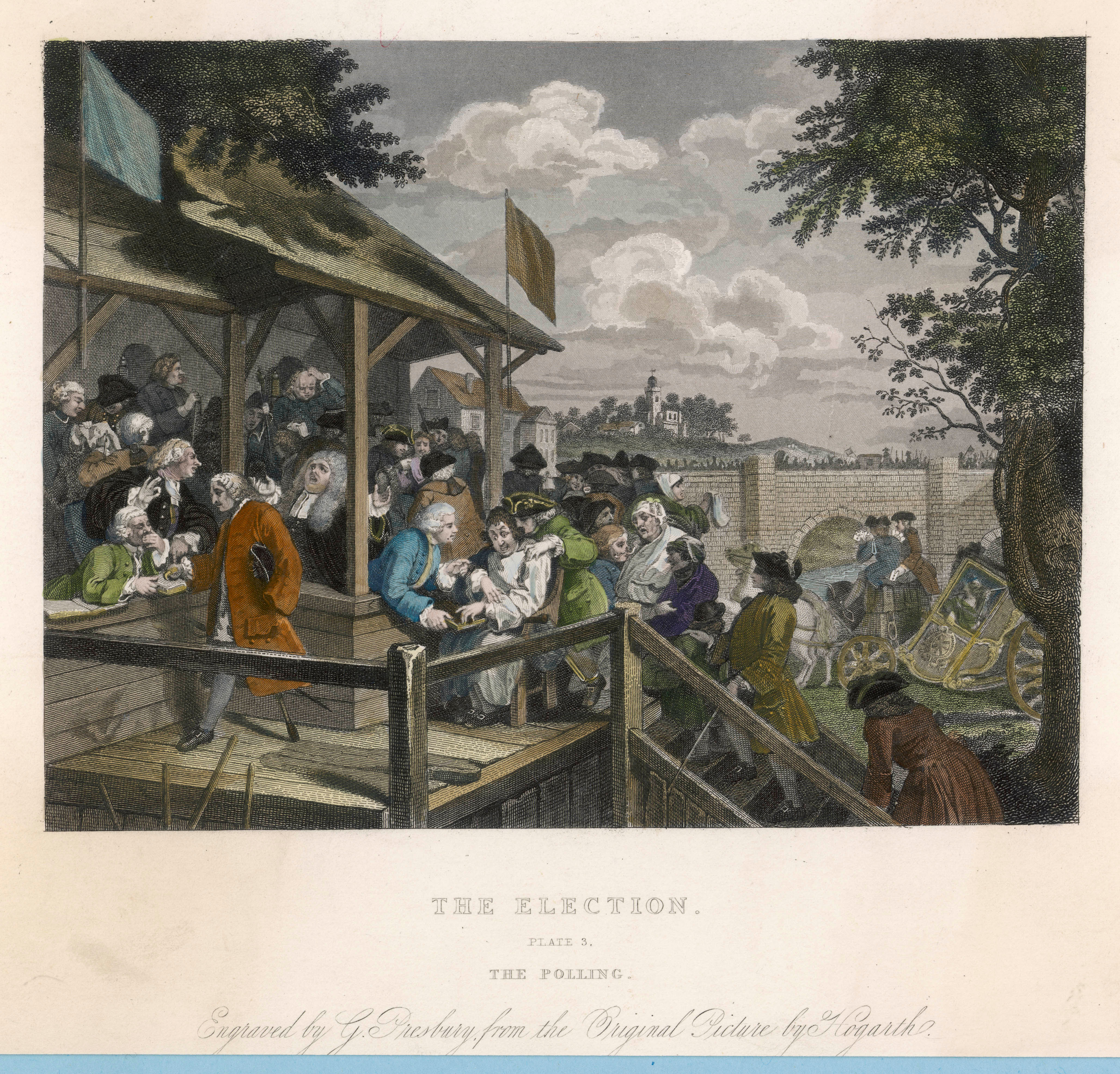
The hustings as seen in Hogarth’s image tended to be temporary structures. The one for the City of Westminster elections, a large wooden structure with a gallery, was assembled next to St Paul’s Church in Covent Garden Piazza. Hunt lost his bid to represent Westminster in 1818, but was still charged one-third of the cost of the hustings, a not inconsiderable £250.
The losers were also expected, now as then, to make a speech, as Henry Brougham continues in his letter to Lord Grey:
‘Yester-day and to-day, after being beaten, I rallied, and delivered regular speeches to the whole multitude. I had to close with one above an hour long, so [you] may guess how exhausted I am, especially as I never saw a popular election before, and knew nothing of it.’
Hogarth’s final image shows the winning Tory candidates — echoing events in the 1754 Oxfordshire election — as they are carried aloft to their celebratory banquet.
However, the scenes of further chaos and violence suggest that this is far from a triumph; indeed, the instability of the chaired member, with a goose passing above, hints that life as a MP is likely to be very precarious. In this respect, at least, the events of 2019 suggest that little has changed for our 21st-century Parliamentarians.
Jacqueline Riding is author of ‘Peterloo: The Story of the Manchester Massacre’ (Head of Zeus) and is currently writing a biography of William Hogarth.
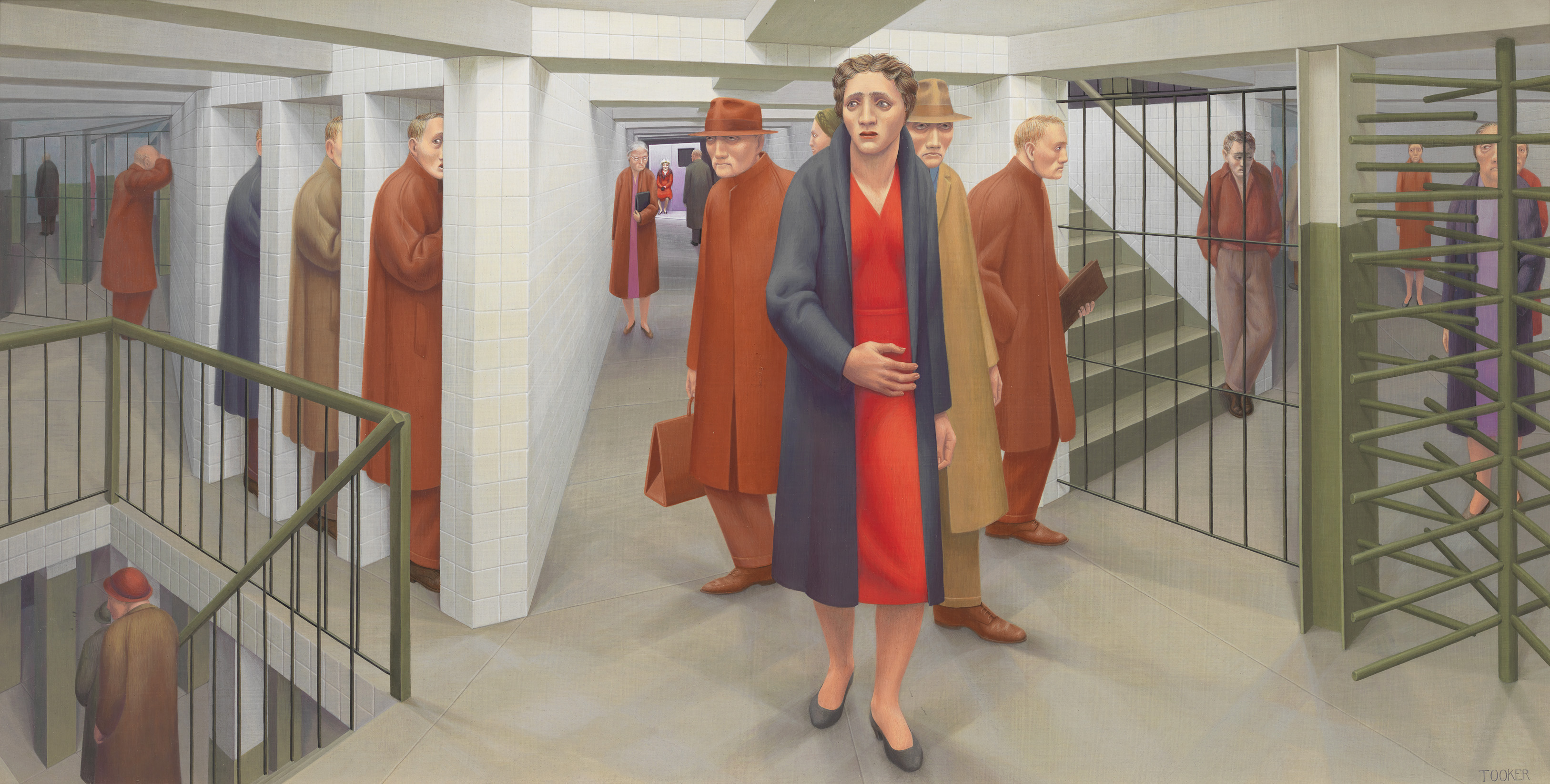
My Favourite Painting: Mike Leigh
The film director and writer chooses 'The Subway' by George Tooker, an artist who John McEwen describes as 'one of
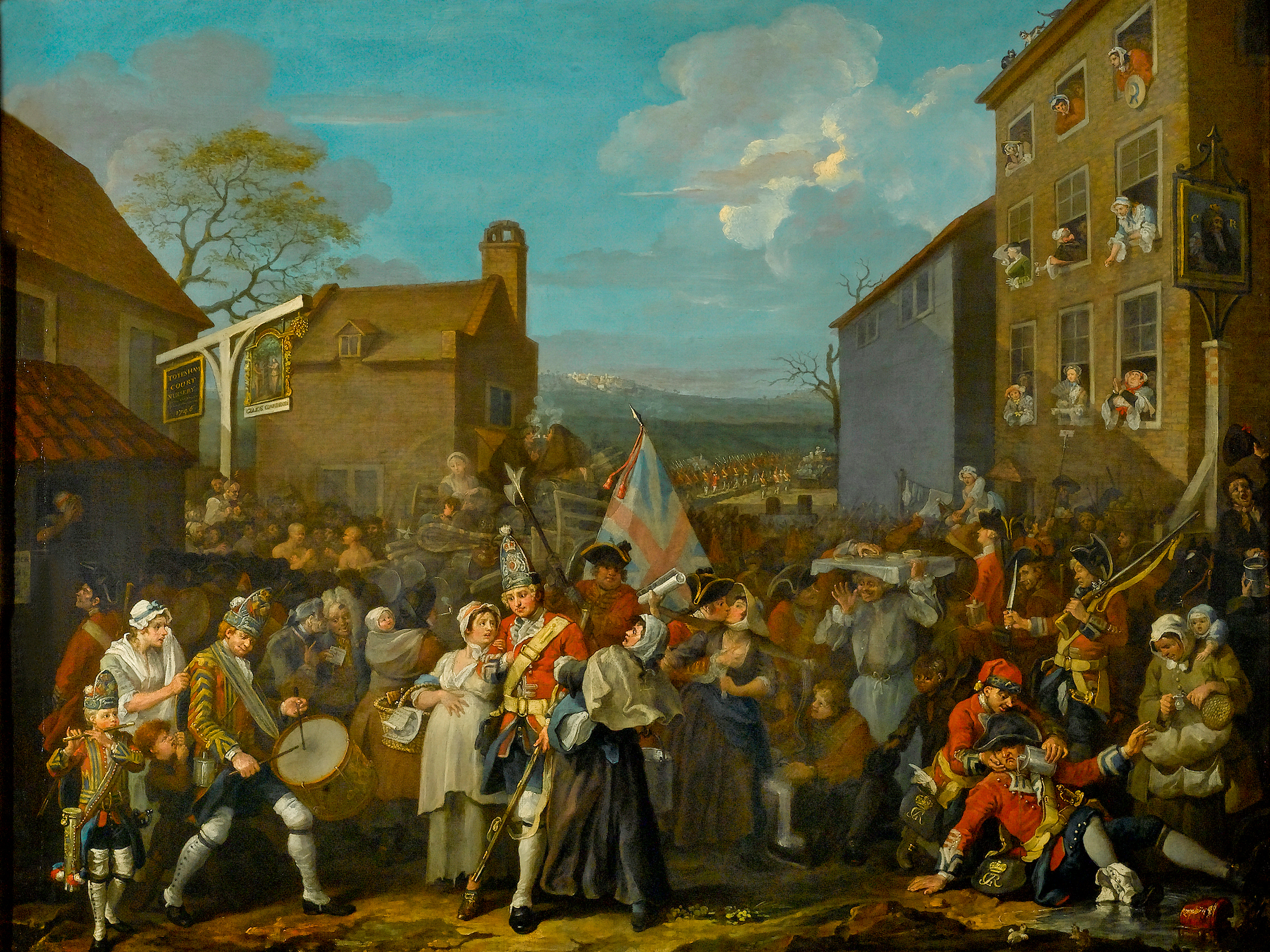
In Focus: The Hogarth masterpiece which shows that sometimes you need to 'listen' to a painting
A small exhibition at the Foundling Museum focuses on one painting — an image that inspires Huon Mallalieu to reflect
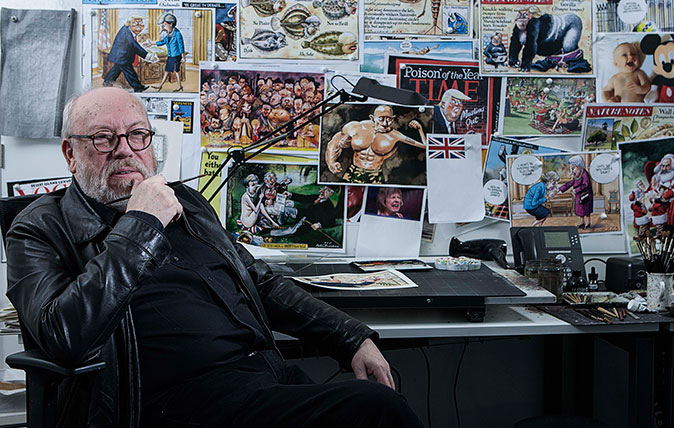
The political cartoonist: 'Politicians hate how I depict them, but they'd hate it even more if I ignored them'
Peter Brookes, political cartoonist at The Times, is a savage commentator and the spiritual successor to the likes of Gillray

Credit: Rex
Five things you probably never knew about gin, in honour of 'International Gin and Tonic Day'
Yes, it's one of those silly theme days again. But who's going to complain when it gives us all a
Country Life is unlike any other magazine: the only glossy weekly on the newsstand and the only magazine that has been guest-edited by His Majesty The King not once, but twice. It is a celebration of modern rural life and all its diverse joys and pleasures — that was first published in Queen Victoria's Diamond Jubilee year. Our eclectic mixture of witty and informative content — from the most up-to-date property news and commentary and a coveted glimpse inside some of the UK's best houses and gardens, to gardening, the arts and interior design, written by experts in their field — still cannot be found in print or online, anywhere else.
